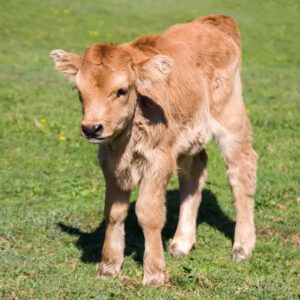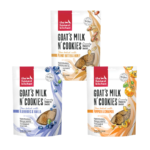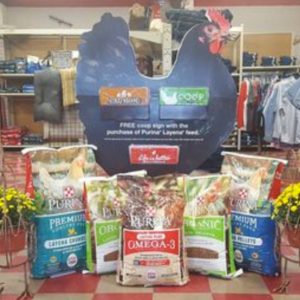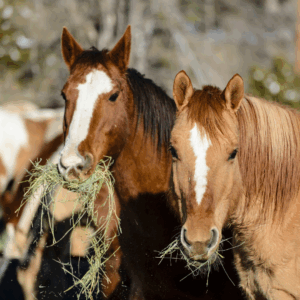 12 Calving Season Essentials:
12 Calving Season Essentials:
Start planning early for a seamless calving season.
Now’s the time to plan for spring calving and/or fall calving. Make sure you have a reliable team, including a trusted veterinarian on speed-dial.
Prepare a dedicated calving area with ample space that’s clean, dry and protected from the elements. And, stock up on these spring calving and fall calving season essentials.
1. NON-IRRITANT ANTISEPTIC AND EXTRA BEDDING
Protect newborn calves during calving season from disease-causing pathogens with a clean, dry environment.
2. CLEAN TOWELS
Calving season can be a messy business, be ready to clean it up.
3. IODINE, VACCINATIONS AND ANTIBIOTICS
Work with your vet to create or refine a spring calving or fall calving protocol for your operation.
4. OBSTETRICAL CHAINS, TWO HANDLES AND MECHANICAL CALF PULLERS
Keep these supplies on hand in case you need to pull a calf.
5. A CLEAN SURFACE FOR USED EQUIPMENT
Avoid having to pick up tools or equipment from soiled bedding.
6. DISPOSABLE OBSTETRICAL SLEEVES
Use a new pair every time.
7. LUBRICANT
Nothing fancy required. Get the job done with non-detergent soap and warm water.
8. A CALVING BOOK FOR RECORD-KEEPING
There’s no such thing as too many records, be ready on day one.
9. EAR TAGS AND A TAGGER
Add a spare tagger for good measure.
10. A SLED WITH ROPES AND A HEATER
Protect calves from the elements during extra cold winter weather.
11. COLOSTRUM REPLACER, ELECTROLYTES AND AN ESOPHAGEAL FEEDER
Ensure calves get the nutrition they need if the weather’s especially harsh, or if they can’t nurse their dam.
12. EXTRA COVERALLS AND BOOTS
Keep extra hats and gloves handy in case there’s unexpected cold weather.
Just like a well-planned calving season can support calf performance down the road, a balanced cow nutrition program can support breeding performance for years to come.
Don’t put cow nutrition on the back burner during calving season. Providing cows with the proper mineral now can pay dividends next year.
Feed a high-quality mineral year-round to build up mineral stores and prepare cows to breed back quickly. Consider a source with Availa 4® organic trace minerals, like Purina® Wind and Rain® Mineral to support cow nutrition. Visit a Kissimmee Valley Feed for all your calving needs.





 New Year Resolutions for Pets: Tips for enhancing animals’ lives and our own. That’s right, pets can have New Year’s Resolutions too!
New Year Resolutions for Pets: Tips for enhancing animals’ lives and our own. That’s right, pets can have New Year’s Resolutions too! December 2022 Astro Sales at Store #2: Head on over to
December 2022 Astro Sales at Store #2: Head on over to  Part-Time Position Available at Main Store: JOIN OUR TEAM! Kissimmee Valley Feed is looking for a part-time retail/warehouse employee at the
Part-Time Position Available at Main Store: JOIN OUR TEAM! Kissimmee Valley Feed is looking for a part-time retail/warehouse employee at the  Seasonal Diet Changes for Horses: Pasture quality fluctuates with every season, but the shift in quality from summer to fall is significant.
Seasonal Diet Changes for Horses: Pasture quality fluctuates with every season, but the shift in quality from summer to fall is significant.